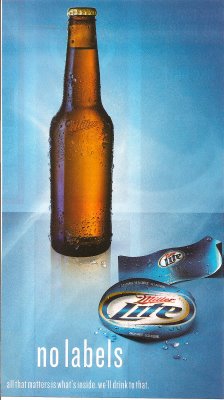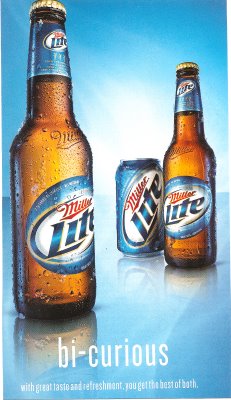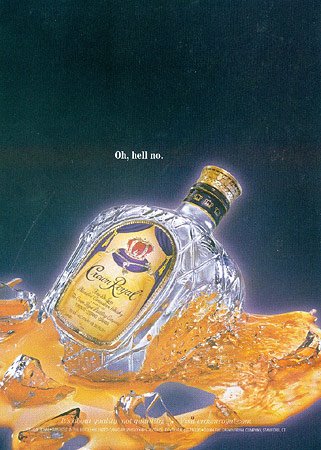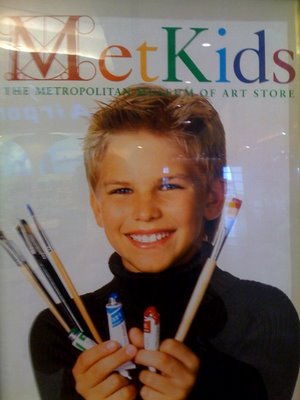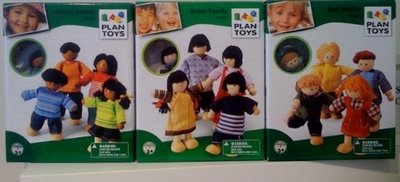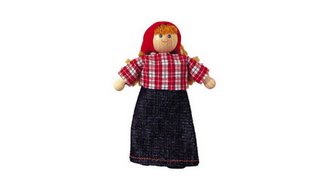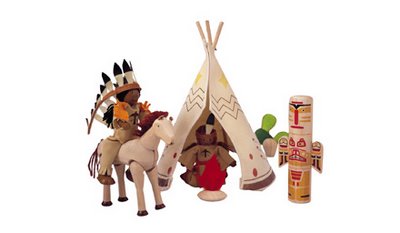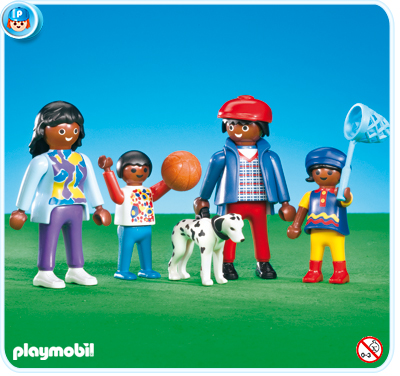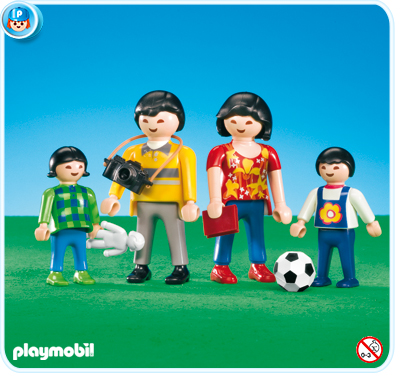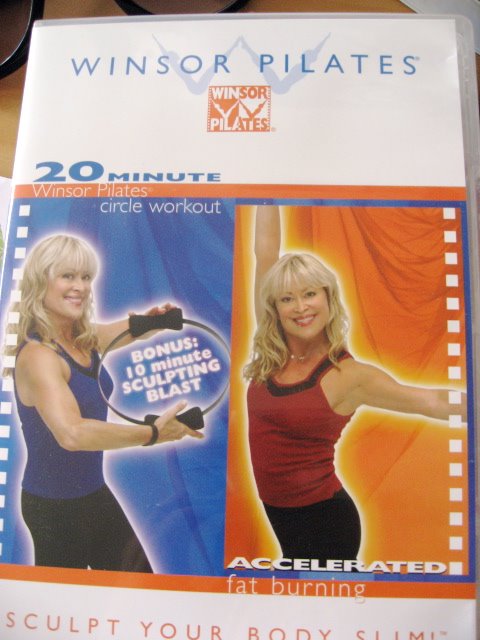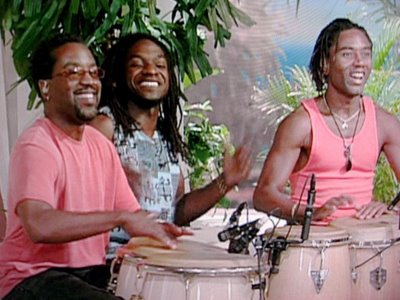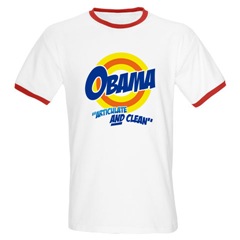In this nine and a half minute clip, Tim Wise describes the way in which race was invented by elites in early America in order to divide and conquer the working class… and is still used to do so.
Found here via Alas A Blog.
Lisa Wade, PhD is an Associate Professor at Tulane University. She is the author of American Hookup, a book about college sexual culture; a textbook about gender; and a forthcoming introductory text: Terrible Magnificent Sociology. You can follow her on Twitter and Instagram.

